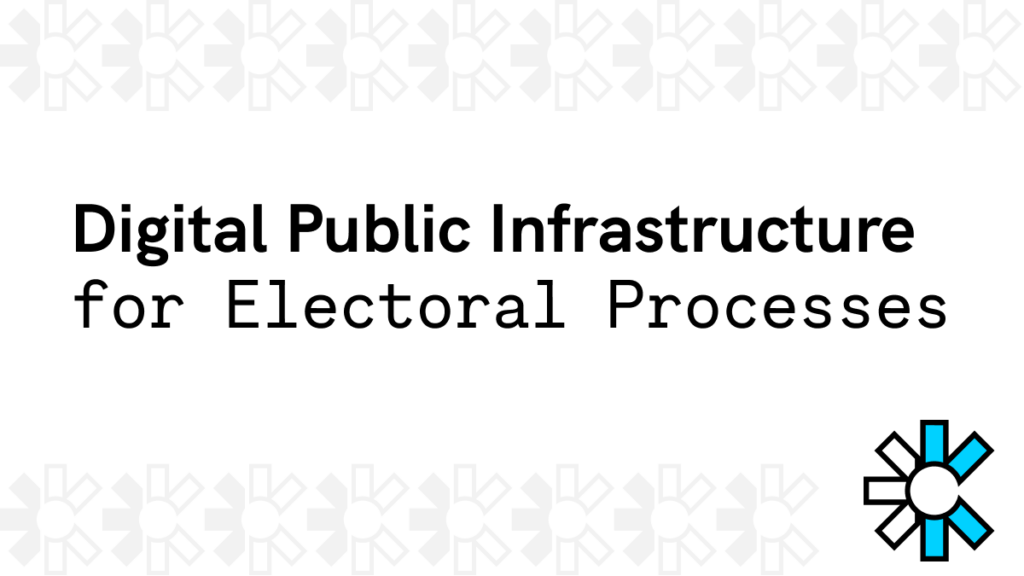Disinformation Campaign: Context
In November, Argentina is completing its electoral cycle to elect its next President. The cycle began in August with the primary elections (PASO), continued with the general elections at the end of October, and will conclude in November with a runoff between the centre-left candidate Sergio Massa and the far-right candidate Javier Milei.
In recent days, a major disinformation campaign has been taking place on social media and in some of the main media outlets to sow the idea that an electoral fraud took place in the voting on October 22. This campaign arose after the appearance of some inconsistencies between the provisional scrutiny telegrams and the value loaded into the provisional vote counting system (which is done for informational purposes and holds no legal validity). These inconsistencies led the candidate and some of his followers to claim that votes had been stolen.
There are already numerous journalistic articles from the country that refute and explain this phenomenon, such as this one, this one, and this one. Therefore, in the following paragraphs, we will focus on explaining how the Digital Public Infrastructure developed by the National Electoral Directorate of Argentina provided the information and open data that allowed the debunking and combating of this disinformation campaign.
Standard for Preserving Electoral Data
The National Electoral Directorate and the Political Electoral Observatory of the Ministry of the Interior make available the Electoral Results Publication System as a standard for preserving and disseminating electoral data. The Electoral Results Publication System is a structure that allows for the archiving, processing, exchange, and publication of historical data in an agile manner, applying it to provisional results from the last 10 years. This Standard for Preserving Electoral Results is the raw material of information that helped debunk this campaign.
Through the open publications of the standarised electoral results from the last decade, Argentine civil society and media outlets had access to quality data that demonstrated that what is being circulated on social media is not a phenomenon that disadvantages a specific candidate but rather a set of random errors natural to the process, which, when analysed as a whole, do not disadvantage anyone.
A common factor among all the initiatives that set out to debunk what was being said on social media is that they used, as a source, the dataset published by the National Electoral Directorate on the Argentine Government’s open data portal. Without access to this data, the work of journalists and activists who strove to defend and demonstrate the reliability of the Argentine electoral system would have been significantly hindered. This is a clear example of open data for democratic strengthening.
Public Digital Infrastructure for Electoral Processes
What we have just described is nothing more than an example of the benefits brought to democratic processes by the existence of a public digital infrastructure for the publication of electoral data. The objective we pursue with our new initiative is to export this knowledge, standards, and applications to other countries.
Our task is to identify technological components that help create a healthy information ecosystem during elections, visualise, and create a community that allows for their reuse.
The National Electoral Directorate of Argentina has taken a significant step, and we are pleased to see, once again, how access to open knowledge helps different governments strengthen their democratic processes.










1 thought on “How a Public Digital Infrastructure for Electoral Processes is Helping Argentina Combat Disinformation”
Comments are closed.